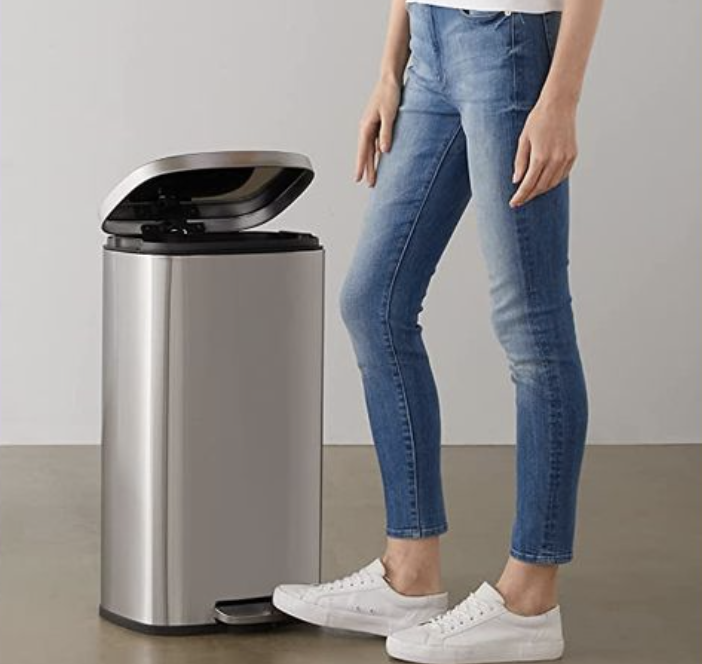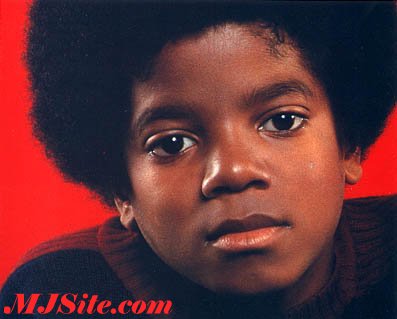In my half-unconscious grab for my phone to check on various social media feeds this morning, my eyes lit on this AI-generated race-swap of various currently famous folk. (There are more images here in this link and more images at the bottom of this post.)
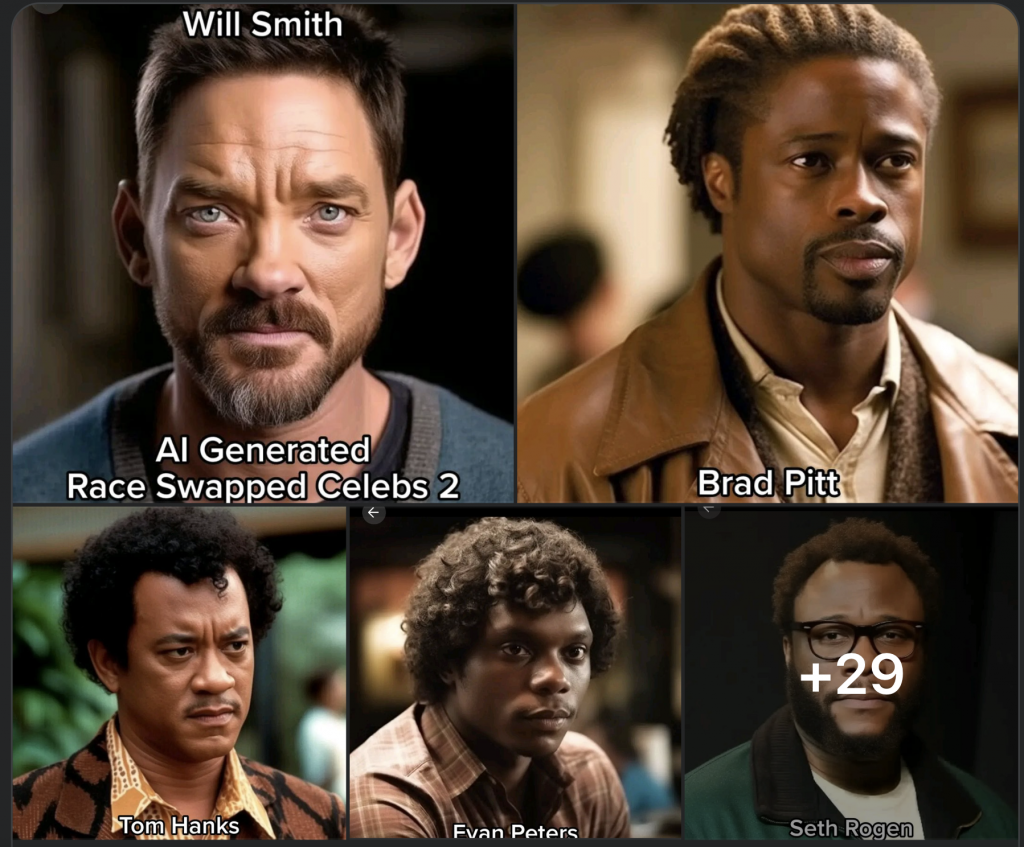
As I scrolled through the images, my mind went to a memory where I learned more about human races.
When I was a little girl–probably around eight or nine, my mom and I were talking about mental retardation. That was the term at the time: mental retardation; it was the medical-diagnosis term for a specific condition. My mom knew this–and I trusted her information, for not only was she a nurse, but she was the A#1 Most Knowledgable Nurse in my world, and–I wouldn’t be too surprised if this were true–probably one of the most knowledgeable nurses at the time, for that’s simply who and what she is.
As she told me about mental retardation, the symptoms and so on, she told me about people with Down Syndrome and the various other genetic physical issues they had, including one of the most telltale and obvious signs being Mongoloid features.
mongoloid features? huh?
The ever-always-seeking-searching part of me that loved words and meaning and specificity needed to know what Mongoloid meant. And so we discussed the subject of human races, at which point I learned there were Negroid, Mongoloid and Caucasoid races. Caucasoid! What a word! It sounded so odd. My mother looked up, in whatever reference book was available — either the Encyclopedia Britannica every house (and every school-age kid of the time) needed or one of her many medical reference books–the common facial features of each race
This subject fascinated me, not just the new strange-sounding words I was learning, but the knowledge that beyond skin color differences, there were actual races of people (much deeper and quite different than ethnicities) with different genetic features and–as my Nurse Mom would also explain–different propensities to have various medical issues. (I don’t recall if she spoke then of the aboriginal Australoids; I don’t remember that, but Australoids are the fourth human race, by many accounts; and, as you can probably imagine, there is no definitive and universally agreed-upon classification of human races.)
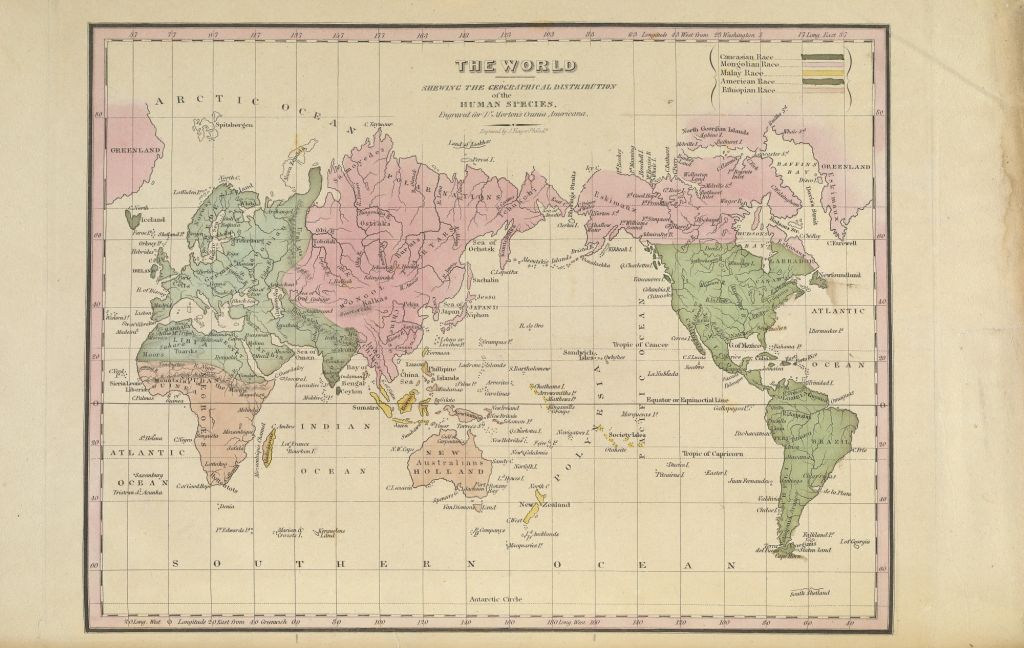
but they’re people
Up until age seven, we lived in Ann Arbor, Mich., (the Berkeley of the East, and a somewhat international city with its university-centric identity). There was one Black family in my entire elementary school, and one of the children, Johnny, was in my class. We were friends. My heart went out to him, day after day, knowing he walked the halls of school and walked into each class every day, the visually obvious “Other.”
My seven-year-old’s mind didn’t understand all the political and social racial issues of the time, but I knew the strife was there. I didn’t understand news, per se, but I knew the prejudicial hatred and fear was there. The anger and pain of suppression and oppression was there. I’ve always been able to feel and know things even if I didn’t fully comprehend the adult undertones and meanings to what I was sensing. My child’s mind knew things weren’t peaceful among the races, particularly among white and Black Americans, but I was seven and lived the life of a seven year-old.
And then there came a time when my eyes were opened and could never be closed again. I had been playing one day on the front porch of my best friend’s home when some young black adults–maybe three or four of them–were walking down the street outside her home, maybe a couple/few houses down. There weren’t, to my knowledge, any black people in our neighborhood Times were different then. Neighborhoods weren’t integrated. It was clear they didn’t live here. It was also clear they were just walking.
My friend’s father, whom I never much cared for–and loathed deeply after this experience–came out of the house with a rifle–a RIFLE!–and said in the most dripping and stereotypical of Southern drawls, “Y’all get on out of here now,” all the while pointing his rifle at these young people! What else was said, what else happened… that I don’t remember. I just remember that one moment, and I hated him for his hatred. I hated him for his prejudice. I hated him for potential violence at people who were Other.
when utopia had a zip code
And then we moved.
At age seven, I went from going to a school with one Black family to living on a street with a Black next-door neighbor and these other people who were this thing called, “Jewish” on the other side of us. My exposure to “Others” in school, in the neighborhood, and in life got richer by the year. My soccer coach was Chinese; my school’s vice principal was a black woman; my Blue Bird Girls (like Girl Scouts) leader was in a bi-racial marriage; one of the first friends I made when we moved to Columbia was Latina, although I’m sure I assumed she was “Spanish” at the time.
My parents had done what they could to put us front and center (albeit in a suburban environment) in the growing world of intentional, suburban, racial integration by moving to Columbia, Md., “A Place Where People Grow;” Columbia, Md., a community where all people were welcome and where, in particular, biracial couples were openly solicited (in the late ’60s and beyond) to make there home here; Columbia, Md., a community with a specific Equality of Housing Opportunity policy stating that anyone of any color could select any home, apartment, lot to build upon, and that no one could have any legal or promised guarantee of being “protected” from having neighbors or a race not of their choosing (yeah, that was a thing for some); Columbia, Md., a safe zone, a clarion call, a place where all were welcome; and a place that could–would, in time–become the new normal; Columbia, Md., where Utopia had a ZIP code.
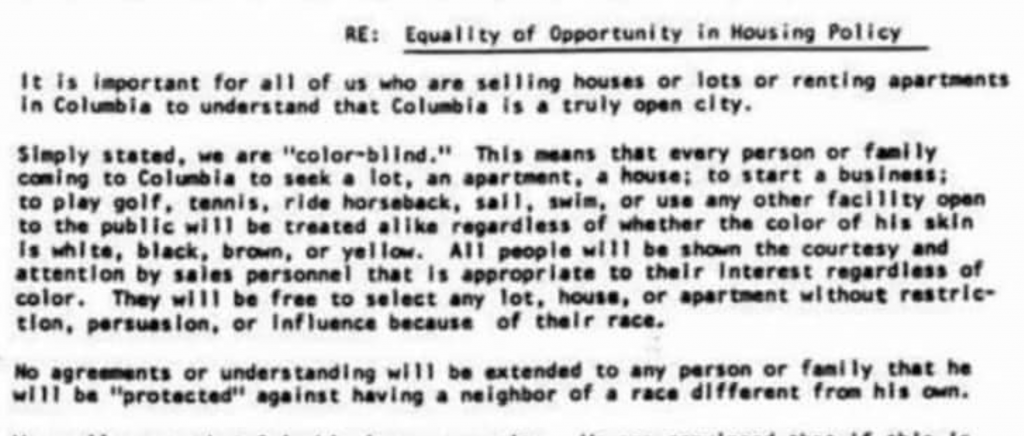
because we could
I can’t speak for others. And I can only reflect back now, as an adult, on my child’s mind then, but I do believe that many/most of us kids in Columbia back then in the early ’70s felt it was not only an opportunity, but an honor, to live a more racially integrated life. Someone had to do it. So many of the adults were already set in their ways. We did it the way kids do: playing Simon Says with all the kids in the neighborhood, participating on soccer teams with kids of different ethnic and racial backgrounds, and having sleepovers and slumber parties with the optically and ethnically diverse slew of friends we had.
Those times and those experiences were fifty-some years ago yet indelible to my own formation as a person.
It’s not for me to claim battles won or others’ experiences with race, races and racism.
I’m curious to hear what these Ai-generated race-swapping images bring up for you, if anything. In the meantime, enjoy the photos and the interesting world AI and creative humans are opening for us.
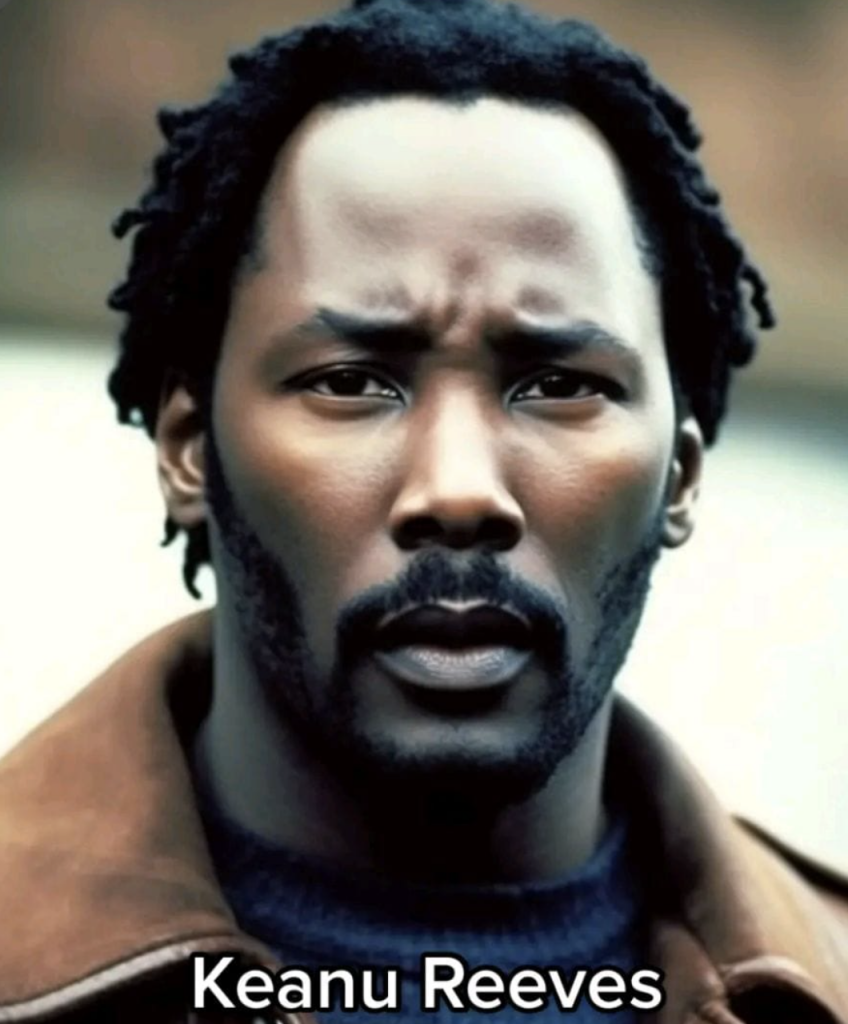
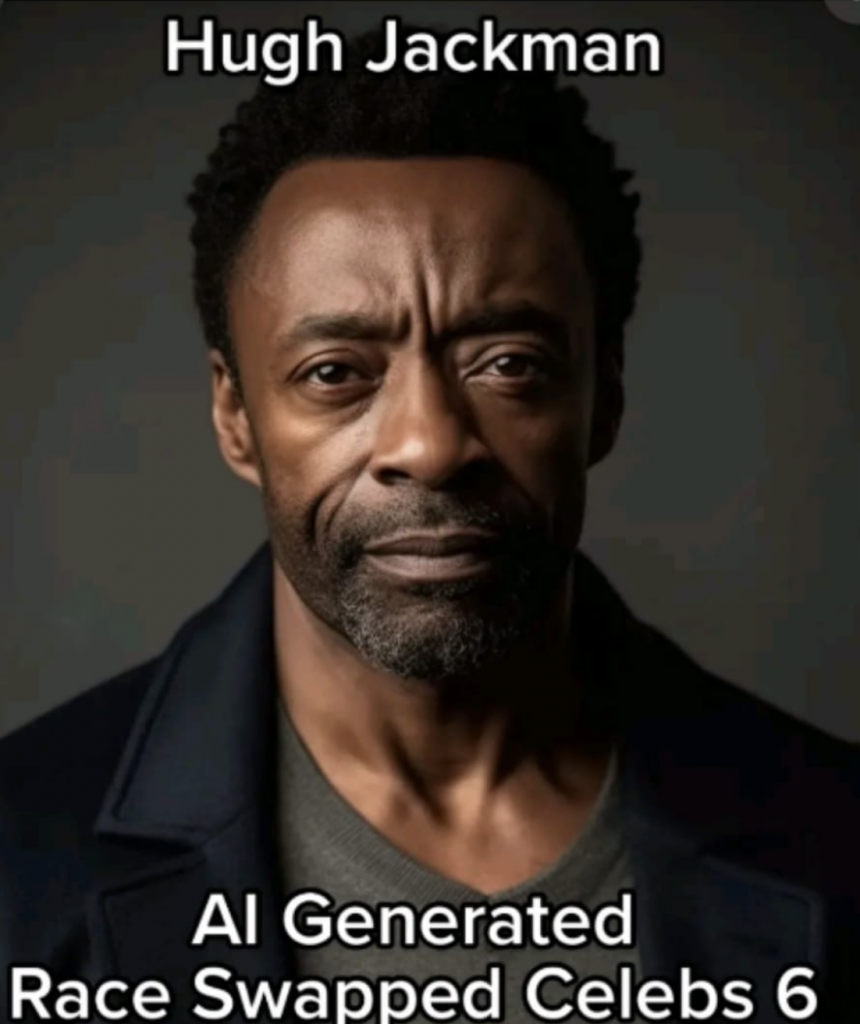
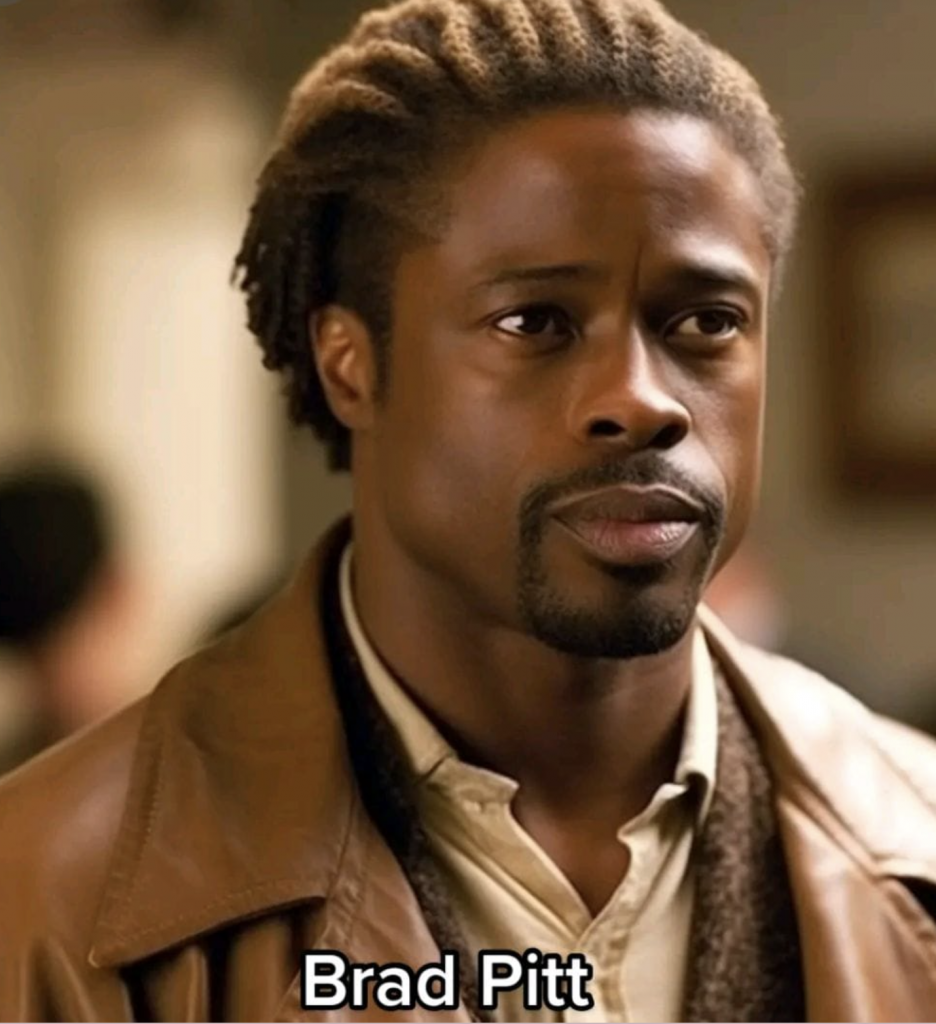
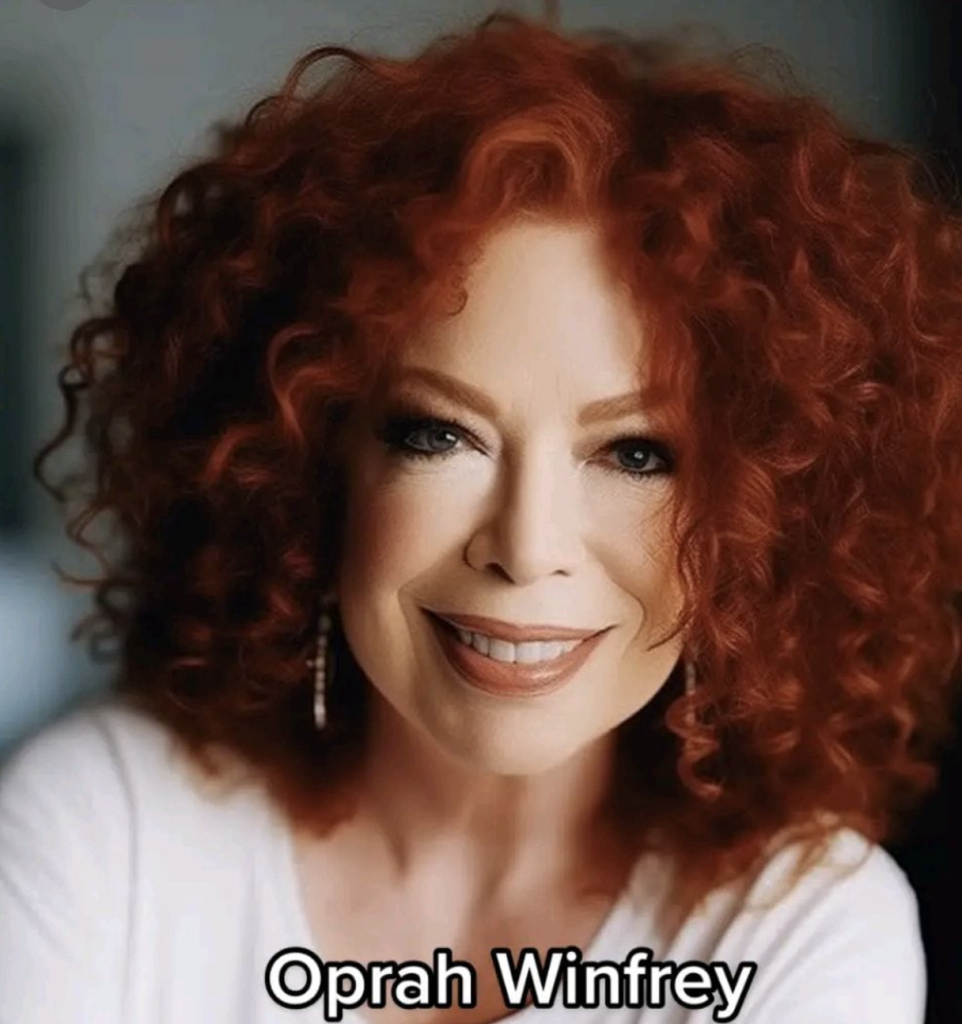
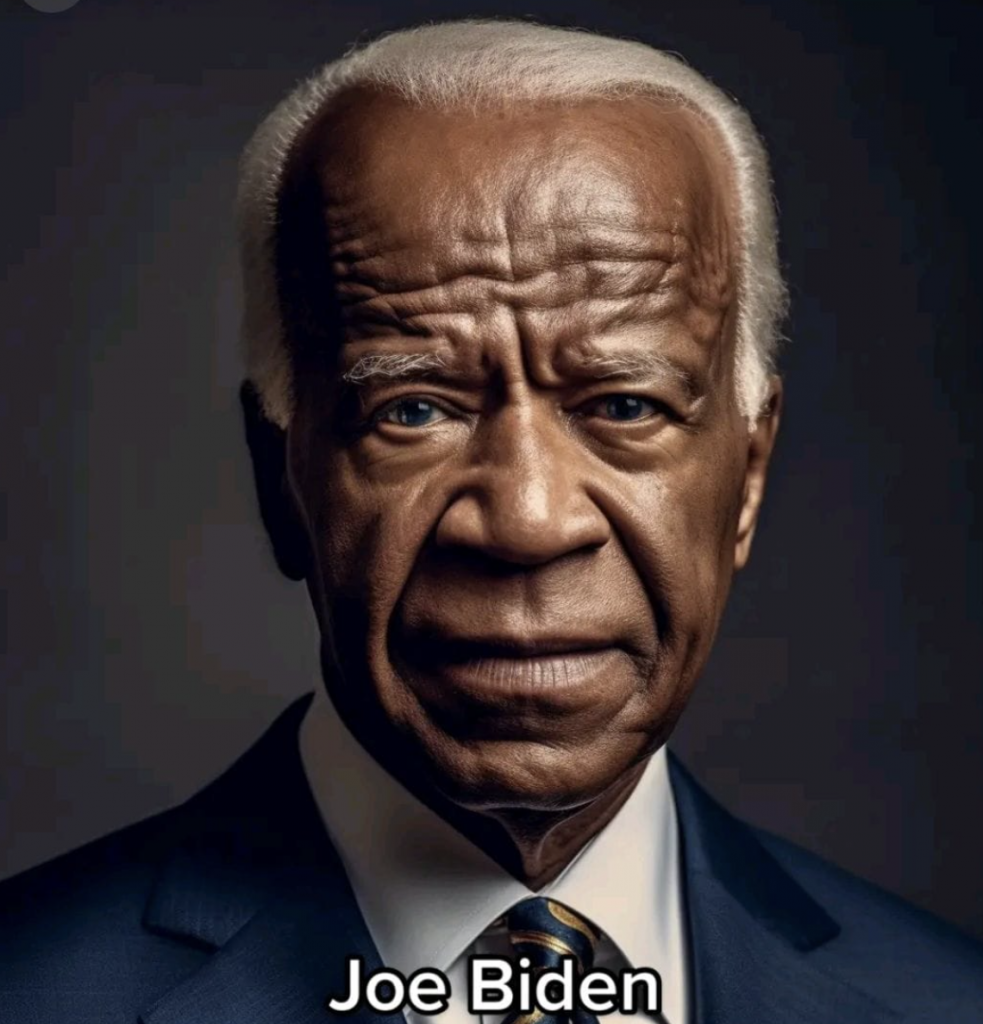
Fascinating!



